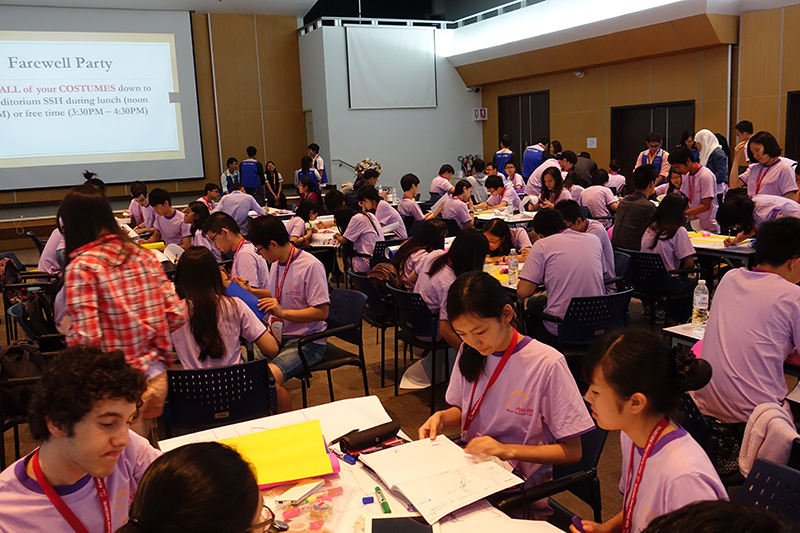Vocational Education Training Centers in Singapore


History of Singapore
Singapore’s growth does not come without issues. Before its independence, the British ruled Singapore, who saw the country as a trading center and did not have any interest in improving the region itself. During independence, Singapore’s citizens had an average income of $500. More than 70% of the citizens lived in poor conditions, and Singapore faced double digit rates of unemployment. During this time, Singapore wanted to design a formalized form of education in order to begin its industrialization and growth. Vocational education, which is a form of education that teaches individuals practical skills for the workforce, was an opportunity to swiftly equip Singapore’s population with the skills necessary for economic growth, and vocational training centers in Singapore were perfect for this task.
A New Future
In 2015, Singapore launched the SkillsFuture Initiative, a national movement that emphasized the need for skills relevance and paved the way for more vocational education. From there, vocational education training centers in Singapore began to form in all regions of Singapore in order to serve all demographics.
Singapore’s most major vocational education center is the Institute for Technical Education. This institution reformed curricula, created new initiatives and created a closer tie with the workforce and education. These institutions, alongside others, are responsible for the massive growth that Singapore’s economy has been going through because it teaches its citizens technical skills that can help benefit themselves and the country.
The Impact
The impact of Singapore’s vocational education training centers has been profound. Once vocational education began to improve with the newly elected government, benefits began to appear. Indeed, by 2005, graduates of vocational education centers had an employment rate of 90%, marking it one of the highest in the world.
The impact goes beyond individuals. By creating an educated population that understands the workforce and economy, Singapore has effectively created a workforce that wants to improve its own country. Technological innovation, medicine breakthroughs and manufacturing booms were the result of a workforce that is quickly growing in quantity and quality.
The Next Steps
The impact of vocational education training centers in Singapore has only just begun. Indeed, considering the short history of Singapore, experts project that the economy will only improve. Furthermore, as it is looking more towards expanding into the global market through its highly qualified workforce, more and more major companies are considering doing business in this small yet mighty country.
This will result in more economic growth and opportunities for the people of Singapore, and it is through that, the lives of the people in Singapore will continue to improve at impressive rates. What was once a region mistreated by its colonial owner has transformed into a hub of technological growth and global leadership. On top of topping the charts for impressive GDP growth, Singapore is a country that has improved each of its citizens’ lives through a transformed economy.
Due to a national movement that involved teaching Singaporeans technical skills, the vocational education centers have effectively transformed the area into the bustling region it is today.
– Kallen Zhou
Kallen is based in Hattiesburg, MS, USA and focuses on Business and Technology for The Borgen Project.
Photo: Wikimedia Commons
